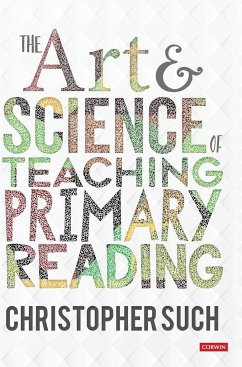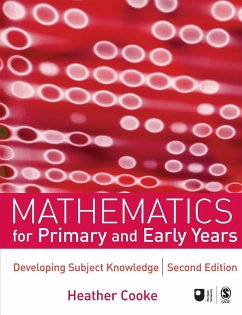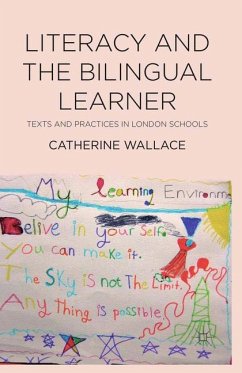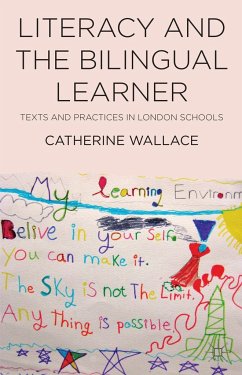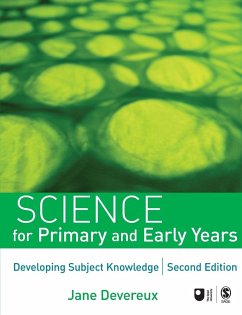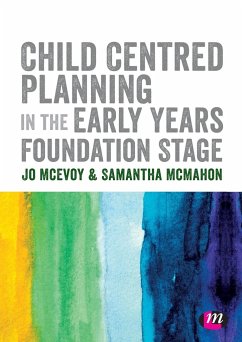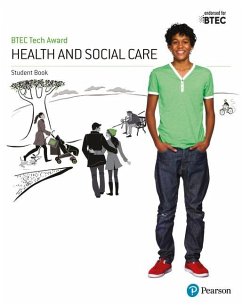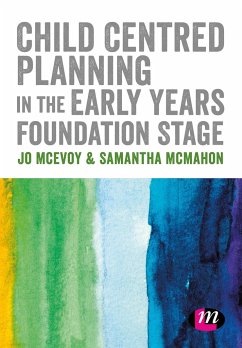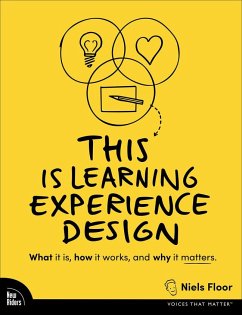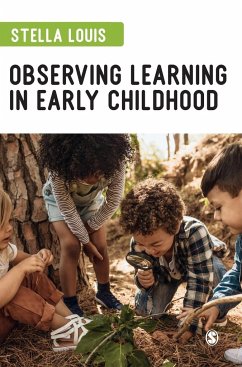
The Art and Science of Teaching Primary Reading
Versandkostenfrei!
Versandfertig in 6-10 Tagen
21,99 €
inkl. MwSt.
Weitere Ausgaben:

PAYBACK Punkte
11 °P sammeln!
The essential guide to the science behind reading and its practical implications for classroom teaching in primary schools.Teaching children to read is one of the most important tasks in primary education and classroom practice needs to be underpinned by a secure foundation of knowledge. Teachers need to know what reading entails, how children learn to read and how it can be taught effectively.This book is an essential guide for primary teachers that explores the key technical and practical aspects of how children read with strong links to theory and how to translate this into the classroom. B...
The essential guide to the science behind reading and its practical implications for classroom teaching in primary schools.
Teaching children to read is one of the most important tasks in primary education and classroom practice needs to be underpinned by a secure foundation of knowledge. Teachers need to know what reading entails, how children learn to read and how it can be taught effectively.
This book is an essential guide for primary teachers that explores the key technical and practical aspects of how children read with strong links to theory and how to translate this into the classroom. Bite-size chapters offer accessible research-informed ideas across all major key topics including phonics, comprehension, teaching children with reading difficulties and strategies for the classroom.Key features include:
· Discussions of implications for the classroom
· Questions for further professional discussions
· Retrieval quizzes
· Further reading suggestions
· Glossary of key terms
Christopher Such is a primary school teacher and the author of the education blog Primary Colour. He can be found on Twitter via @Suchmo83.
Teaching children to read is one of the most important tasks in primary education and classroom practice needs to be underpinned by a secure foundation of knowledge. Teachers need to know what reading entails, how children learn to read and how it can be taught effectively.
This book is an essential guide for primary teachers that explores the key technical and practical aspects of how children read with strong links to theory and how to translate this into the classroom. Bite-size chapters offer accessible research-informed ideas across all major key topics including phonics, comprehension, teaching children with reading difficulties and strategies for the classroom.Key features include:
· Discussions of implications for the classroom
· Questions for further professional discussions
· Retrieval quizzes
· Further reading suggestions
· Glossary of key terms
Christopher Such is a primary school teacher and the author of the education blog Primary Colour. He can be found on Twitter via @Suchmo83.





